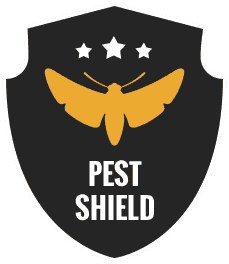Understanding Centipedes
Centipedes are elongated arthropods belonging to the class Chilopoda. Despite their name, which means "hundred feet," centipedes typically have between 15 to 177 pairs of legs, depending on the species. These fascinating creatures are nocturnal predators that play an essential role in controlling insect populations.
- Centipedes are characterized by their long, flattened bodies and numerous pairs of legs. Each body segment contains one pair of legs, with the first pair modified into venomous claws called forcipules.
- Their coloration varies widely depending on the species, ranging from light yellow or tan to dark brown or reddish-brown. Some species may also have distinctive markings or patterns on their bodies.
- Centipedes are primarily nocturnal creatures, preferring to hunt and feed at night. During the day, they seek shelter in dark, damp environments such as under rocks, logs, leaf litter, or inside buildings.
- Despite their intimidating appearance, centipedes are generally shy and avoid contact with humans. They use their venomous claws to capture and immobilize prey, which primarily consists of insects, spiders, and other small invertebrates.
- Centipedes are found worldwide, inhabiting a wide range of environments from tropical rainforests to arid deserts. They thrive in moist, humid conditions and are commonly found in outdoor areas such as gardens, forests, and grasslands.
- Indoors, centipedes may seek refuge in basements, crawl spaces, bathrooms, kitchens, and other areas with high humidity levels and suitable hiding places.
- Centipedes undergo incomplete metamorphosis, meaning they hatch from eggs into miniature versions of adults called nymphs. As nymphs grow, they molt several times, gradually increasing in size and developing additional pairs of legs.
- Most centipedes reach maturity within one to three years, depending on the species. They typically reproduce sexually, with females laying eggs in damp soil or organic matter.
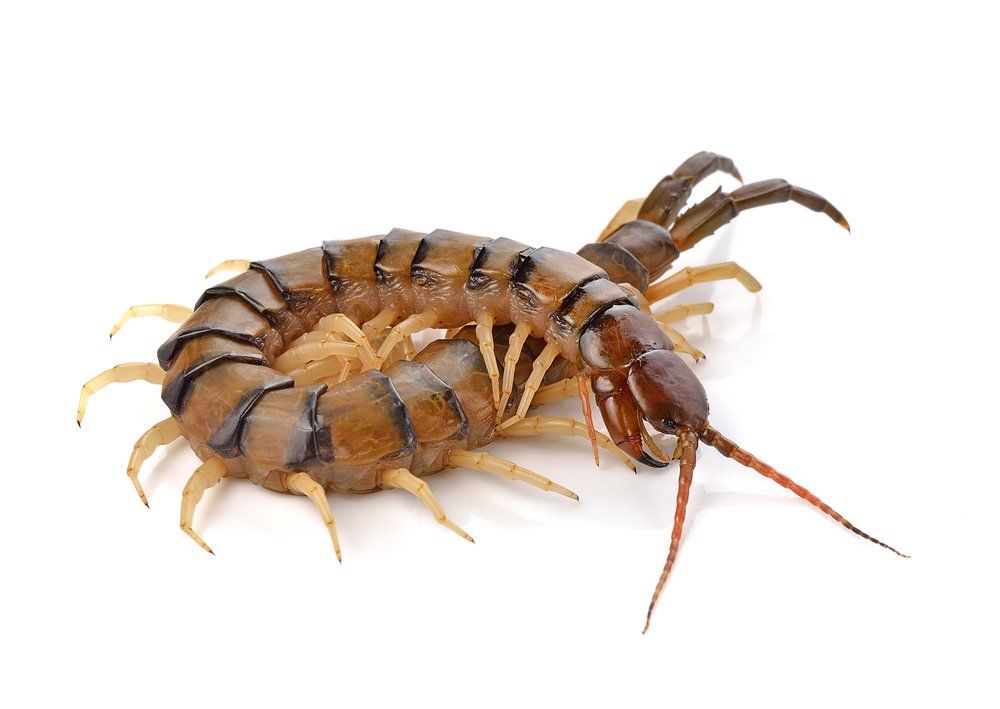
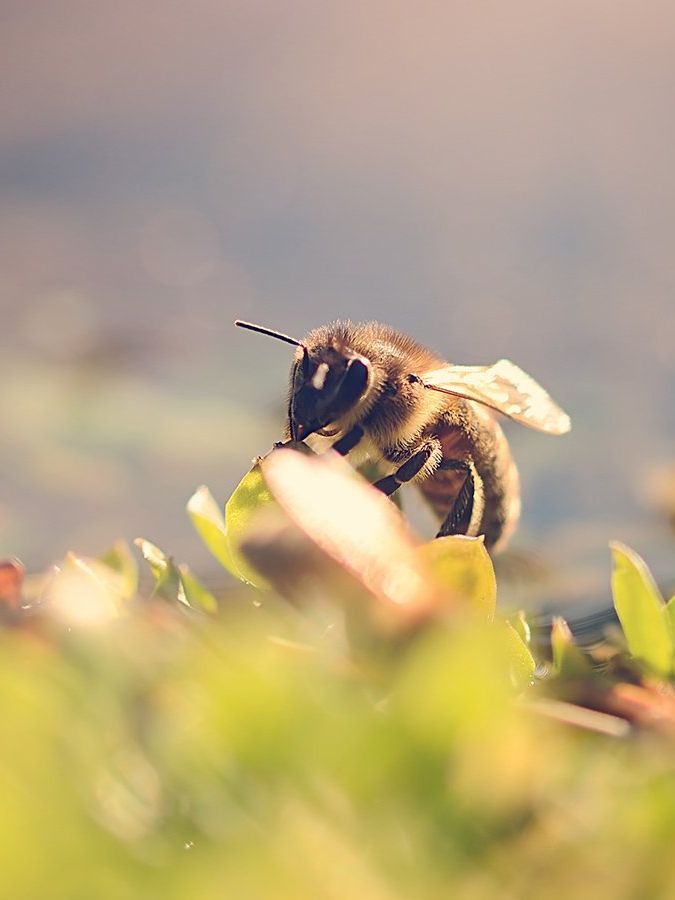
Risks of Centipede Pest Control Needs:
Bites:
While most centipede species are not aggressive towards humans and typically avoid contact, they may bite if threatened or handled roughly.
Centipede bites can cause localized pain, swelling, and redness at the site of the bite. In some cases, individuals may experience more severe symptoms such as nausea, dizziness, and headache.
Allergic Reactions:
Some individuals may be allergic to centipede venom, leading to more pronounced symptoms following a bite.
Allergic reactions to centipede bites can range from mild itching and redness to severe swelling, difficulty breathing, and anaphylaxis in rare cases. Individuals with known allergies to insect venoms should exercise caution around centipedes and seek medical attention if bitten.
Secondary Infections:
Centipede bites can create open wounds or puncture wounds that may become infected if not properly cleaned and treated.
Secondary bacterial infections can occur, leading to symptoms such as increased pain, swelling, warmth, and redness around the bite site. In severe cases, untreated infections may require medical intervention, including antibiotics and wound care.
Presence of Other Pests:
Centipedes are predatory arthropods that primarily feed on insects, spiders, and other small invertebrates. Therefore, the presence of centipedes in and around a property may indicate an underlying pest problem.
An abundance of centipedes may be a sign of an overpopulation of prey species, such as cockroaches, ants, silverfish, or other household pests. Addressing the root cause of the infestation is essential to effectively manage both centipedes and their prey.
Psychological Impact:
The presence of centipedes indoors or in close proximity to living spaces can cause anxiety and distress for some individuals.
Fear of centipedes, known as "chilopodophobia," may lead to feelings of unease, discomfort, and reluctance to enter or remain in affected areas.
Addressing a centipede infestation promptly is crucial to mitigate these risks and ensure the safety and well-being of occupants. Professional pest control services can provide targeted treatments, preventative measures, and guidance on pest-proofing techniques to effectively manage centipede infestations and minimize their impact on indoor and outdoor environments.
Our Pest Control Approach
At 24/7 Local Pest Control, we employ a comprehensive approach to centipede control that focuses on effective treatments, environmentally friendly practices, and long-term solutions. Our approach encompasses thorough inspection, tailored treatment options, and sustainable practices to ensure the safety of both people and the environment.
1. Inspection Methods:
- Thorough Property Assessment: Our experienced technicians conduct a detailed inspection of your property to identify areas of centipede activity, entry points, and conducive conditions for infestation.
2. Treatment Options:
- Customized Treatment Plans: Based on our inspection findings, we develop a customized treatment plan tailored to your specific needs and the severity of the infestation.
- Barrier Treatments: We create protective barriers around your property using eco-friendly products to deter centipedes from entering and nesting.
3. Environmentally Friendly Practices:
- Integrated Pest Management (IPM): We adhere to the principles of IPM, which emphasize the use of multiple strategies to control pests while minimizing environmental impact.
- Low-Toxicity Products: Whenever possible, we prioritize the use of low-toxicity and eco-friendly products in our treatments to reduce harm to beneficial insects, wildlife, and the surrounding ecosystem.
By combining thorough inspection, targeted treatments, and environmentally friendly practices, 24/7 Local Pest Control provides effective and responsible solutions for centipede control, ensuring the health and safety of your home, family, and the surrounding environment. We are committed to delivering exceptional service and peace of mind every step of the way.
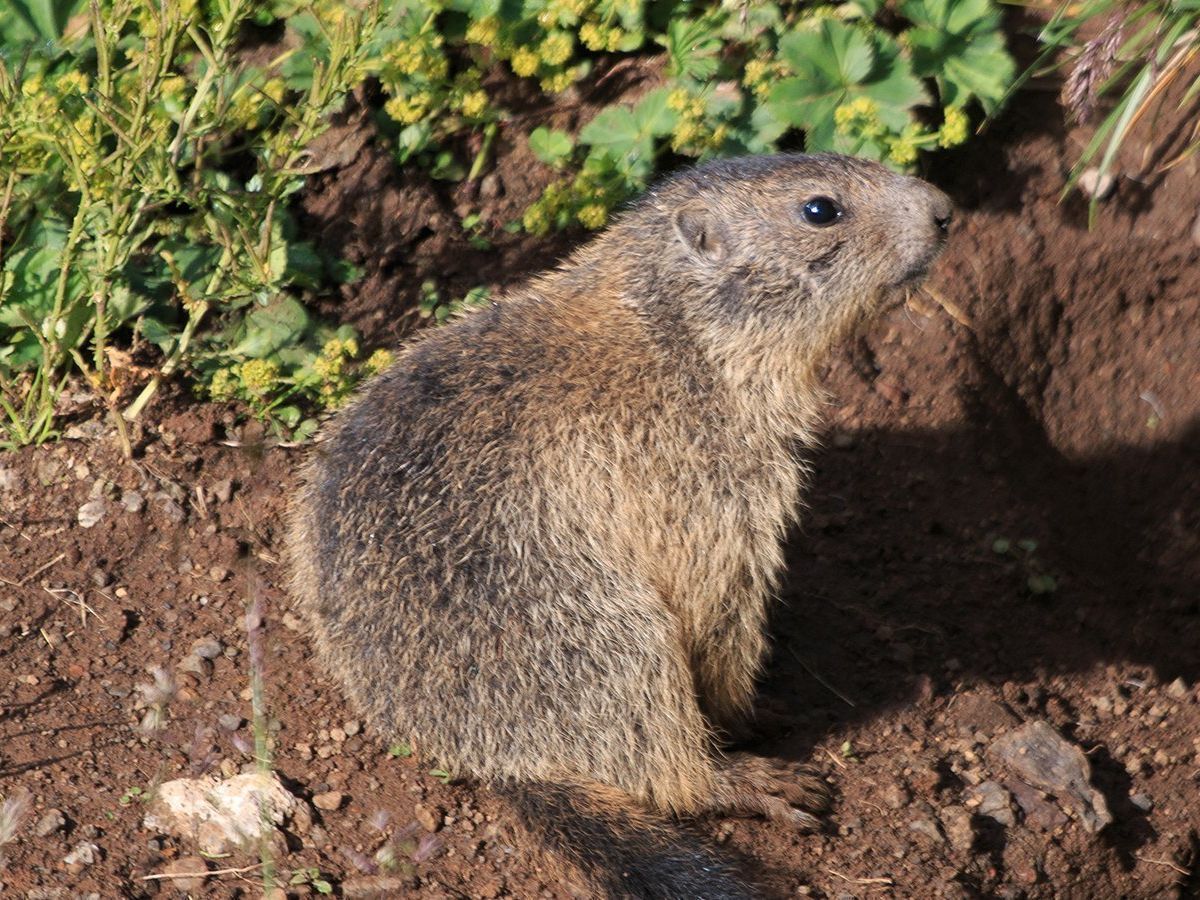
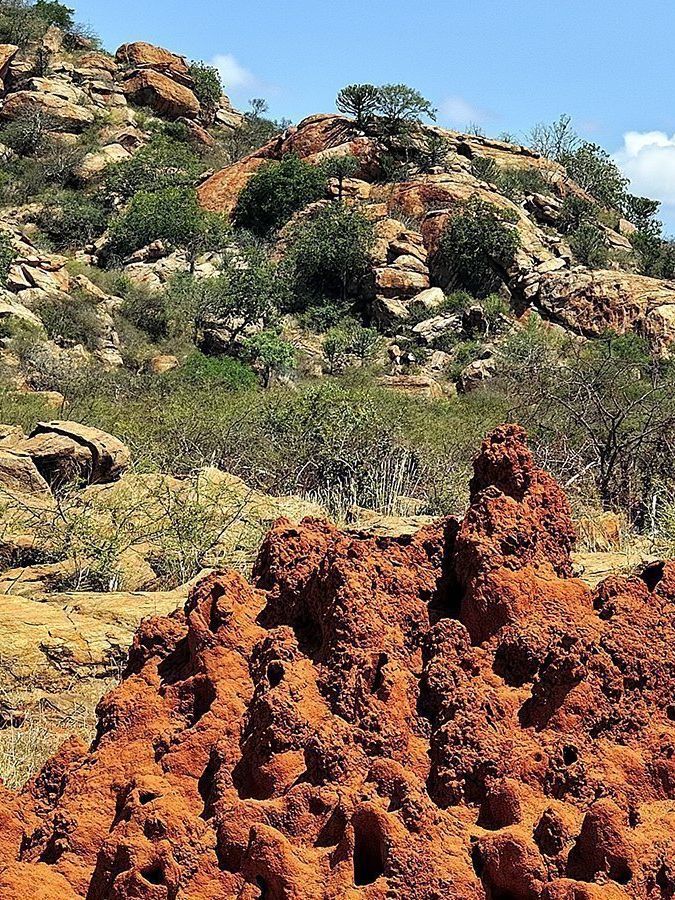
Common Signs of Centipede Infestation
Sightings of Centipedes:
The presence of centipedes indoors or outdoors is one of the most obvious signs of an infestation. Centipedes are nocturnal creatures, so they may be more active at night.
Indoors, centipedes may be found in damp, dark areas such as basements, bathrooms, kitchens, and crawl spaces. Outdoors, they may hide under rocks, logs, leaf litter, and in garden beds.
Droppings:
Centipedes leave behind small, dark droppings that resemble grains of black pepper. These droppings may accumulate in areas where centipedes are active, such as along baseboards, in corners, or near entry points.
Shed Skin:
Like other arthropods, centipedes molt as they grow, shedding their exoskeletons to accommodate their increasing size. Finding shed skin or exoskeletons in and around your home may indicate the presence of centipedes.
Irregular Damage to Plants:
If centipedes are present in outdoor areas such as gardens or landscaping, you may notice irregular damage to plants, including chewed leaves, flowers, or fruits.
Centipedes are predators that primarily feed on insects and other small invertebrates, but they may also opportunistically feed on plant material.
Damp, Dark Habitats:
Centipedes prefer moist, humid environments and are commonly found in damp, dark areas both indoors and outdoors. These may include basements, crawl spaces, bathrooms, kitchens, garden beds, and areas with poor ventilation or high humidity levels.
Prey Activity:
Centipedes are predators that primarily feed on insects, spiders, and other small invertebrates. If you notice an increase in prey activity, such as sightings of insects or spiders, it may attract centipedes to your property.
Addressing underlying pest problems can help reduce centipede activity by eliminating a potential food source.
Unexplained Skin Irritation:
In rare cases, individuals may experience skin irritation or allergic reactions after coming into contact with centipedes or their venom. If you or your family members experience unexplained skin irritation or itching, it may be worth investigating for the presence of centipedes.
If you notice any of these signs of a centipede infestation on your property, it's essential to take action promptly to address the problem and prevent further issues. Professional pest control services can provide targeted treatments, preventative measures, and advice on pest-proofing techniques to effectively manage centipede infestations and ensure a pest-free environment.
Prevention Tips for Centipede Infestations
Seal Entry Points:
Inspect the exterior of your home for cracks, gaps, or openings that could serve as entry points for centipedes. Seal these entry points with caulk, weatherstripping, or door sweeps to prevent pests from gaining access to your home.
Reduce Moisture Levels:
Centipedes are attracted to moisture, so it's essential to address any sources of excess moisture around your property. Fix leaky faucets, pipes, and gutters, and ensure proper drainage away from your home's foundation to reduce humidity levels.
Improve Ventilation:
Ensure adequate ventilation in damp areas such as basements, crawl spaces, bathrooms, and kitchens to reduce humidity and moisture buildup. Use exhaust fans or dehumidifiers as needed to maintain optimal moisture levels indoors.
Remove Outdoor Debris:
Keep your outdoor environment tidy by removing clutter, debris, and organic matter from your yard and garden. Piles of leaves, mulch, and decaying plant material can provide hiding places and breeding grounds for centipedes.
Trim Vegetation:
Trim back vegetation, shrubs, and tree branches that come into contact with your home's exterior to create a barrier and prevent centipedes from accessing your property. Maintain a clearance of at least 12-18 inches between plants and structures.
Use Mulch Wisely:
If using mulch in your garden or landscaping, choose inorganic mulch materials such as gravel or rubber mulch, which are less attractive to centipedes than organic mulches like wood chips or straw. Avoid placing mulch directly against the foundation of your home.
Implement Exclusion Techniques:
Install door sweeps on exterior doors and screens on windows to prevent centipedes from entering your home. Seal cracks, gaps, and openings in walls, foundations, and around utility penetrations with appropriate sealants or materials.
Maintain Indoor Cleanliness:
Keep indoor areas clean and free of clutter to eliminate potential hiding places for centipedes. Regularly vacuum floors, carpets, and upholstery, and wipe down surfaces to remove food crumbs, spills, and debris that may attract pests.
Regular Inspections:
Conduct regular inspections of your property to check for signs of centipede activity, such as sightings of the insects, shed skins, or droppings. Address any issues promptly to prevent infestations from becoming established.
By following these prevention tips and maintaining a clean, well-maintained indoor and outdoor environment, you can reduce the likelihood of centipede infestations and protect your home from these pesky pests. If you require further assistance, professional pest control services can provide tailored solutions to address your specific needs and ensure long-term pest prevention.


